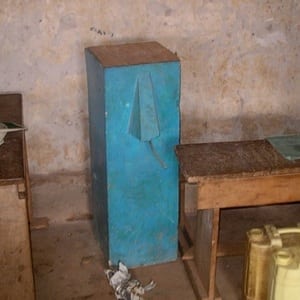
Agriculture
November 9, 2023
BushProof Biosand Filter
Read SolutionImplemented by
BushProof

Updated on November 9, 2023
·Created on July 12, 2016
The Lorentz PS600 CS-F DC Surface Solar Pumps are high specifications solar-powered in-line centrifugal DC pumps specifically designed for higher flow drinking water supply, livestock watering, pond management, and irrigation applications.
The Lorentz PS600 CS-F DC Surface Solar Pumps are high specifications solar-powered in-line centrifugal DC pumps specifically designed for higher flow drinking water supply, livestock watering, pond management, and irrigation applications. The pumps are designed for use in remote and harsh conditions; aiming for fast and simple installation, long life expectancy, and proven service record. Each system contains a pump, a motor, and a controller.
Market Suggested Retail Price
$2,460.00
Target Users (Target Impact Group)
Distributors / Implementing Organizations
Manufacturing/Building Method
Intellectural Property Type
Trade Secret
User Provision Model
Users can obtain the product through local distribution partners who are supported by Lorentz with the latest training, tools, knowledge, information, and support.
Distributions to Date Status
Unknown
Design Specifications
Design specification: Motor
Technical Support
Technical support is provided through trained local partners.
Replacement Components
Replacement components are available through local partners. Interview with representative
Lifecycle
15 years. Interview with representative
Manufacturer Specified Performance Parameters

Vetted Performance Status
Unknown.
Safety
No specified precaution hazards.
Complementary Technical Systems
Lorentz offers a wide variety of pump technology products.
Academic Research and References
Compliance with regulations
MET Certification for electrical safety.
Other Information
Case studies of the pumps operating in the field are provided on the Lorentz website.

Agriculture
November 9, 2023
Implemented by
BushProof
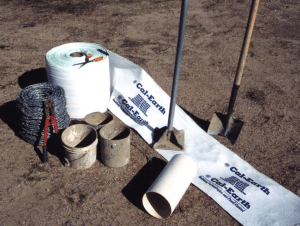
Agriculture
November 9, 2023

Agriculture
November 9, 2023

Agriculture
November 9, 2023
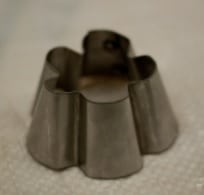
Agriculture
November 9, 2023

Agriculture
November 9, 2023
Implemented by
Desolenator
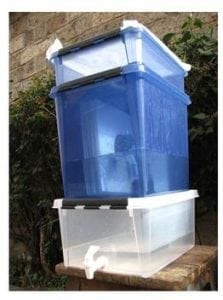
Agriculture
November 9, 2023

Agriculture
November 9, 2023
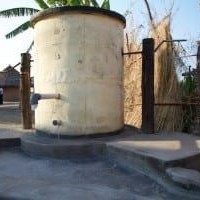
Agriculture
November 9, 2023
Implemented by
Pump Aid
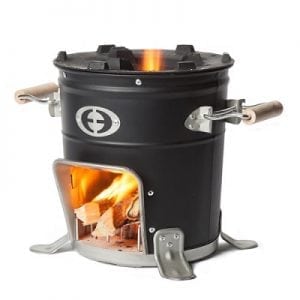
Agriculture
November 9, 2023
Have thoughts on how we can improve?
Give Us Feedback
I like the approach to distribute kits that also include underwear to school girls. Reading through the document, a couple of questions came up:
1) It would be interesting to understand what locally sourced agricultural byproduct is used to make the napkins. Are they referring to the absorbent material?
2) Not sure what makes these products eco-friendly. Is tit the use of the agricultural byproduct?
3) I’m very surprised that these products are manufactured in Kenya, I wasn’t aware that manufacturing capabilities for such sophisticated products were available in the region. Especially the Safi pad would require quite complex equipment, e.g. to apply the colored sides and the high resolution embossing. They look to me more like products produced in Asia. Could it be that “manufacturing” in this context only refers to packaging, i.e. they source bulk napkins from Asia and package them in Kenya?
4) It would be interesting to understand the financials that enable to sell them at low cost (i.e. 30% less than the average product cost). Is low cost achieved through subsidies or donations? Or is their production cost low enough to achieve low cost to the consumer? The design with wings indicates significant design waste in production, which normally increases the cost. Also the construction seems to be quite complex, with several raw materials (rolled goods like cover, barrier etc.) being used. Most of these raw materials are not produced in Africa, in particular the cover materials.